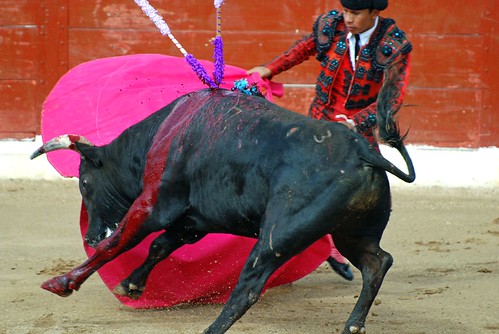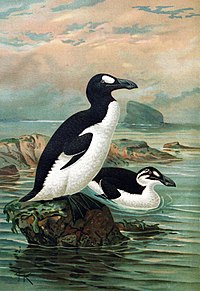![[pdf, 3.08 MB]](http://www.worldwildlife.org/news/livingplanet/images/living_planet_report01.jpg) The Living Planet Report is WWF’s periodic update on the state of the world’s ecosystems. Pdf file over here.
The Living Planet Report is WWF’s periodic update on the state of the world’s ecosystems. Pdf file over here.
And it is not good news. The Living Planet Report 2006 confirms that we are using the planetâ??s resources faster than they can be renewed â?? the latest data available (for 2003) indicate that humanityâ??s Ecological Footprint, our impact upon the planet, has more than tripled since 1961. Our footprint now exceeds the worldâ??s ability to regenerate by about 25 per cent.
The consequences of our accelerating pressure on Earthâ??s natural systems are both predictable and dire. The other index in this report, the Living Planet Index, shows a rapid and continuing loss of biodiversity â?? populations of vertebrate species have declined by about one third since 1970.
The report describes the changing state of global biodiversity and the pressure on the biosphere arising from human consumption of natural resources.
It is built around two indicators:
- the Living Planet Index, which reflects the health of the planet’s ecosystems; and
- the Ecological Footprint, which shows the extent of human demand on these ecosystems.
These measures are tracked over several decades to reveal past trends, then three scenarios explore what might lie ahead.The scenarios show how the choices we make might lead to a sustainable society living in harmony with robust ecosystems, or to the collapse of these same ecosystems, resulting in a permanent loss of biodiversity and erosion of the planet�s ability to support people.
Find out how you can reduce your ecological footprint.


![[pdf, 3.08 MB]](http://www.worldwildlife.org/news/livingplanet/images/living_planet_report01.jpg)

